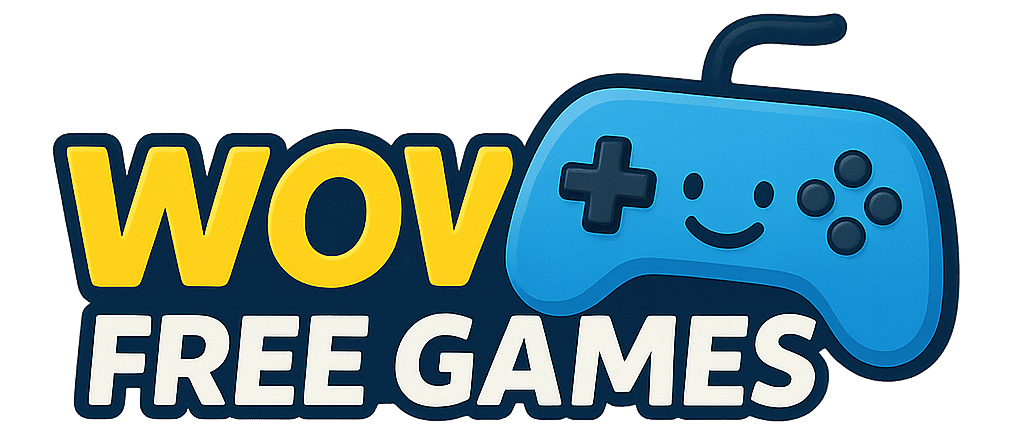In a small town in Venezuela, a group of friends gathers every evening at an internet café. But instead of scrolling aimlessly or watching movies, they’re deep into a blockchain RPG. The café hums with excitement as one player trades a rare NFT sword worth more than a week’s salary. Another cashes out tokens to buy groceries for his family.

This isn’t fiction. It’s the reality of online games that can earn money — a booming industry reshaping the way people think about gaming, income, and opportunity in 2025.
Why Online Gaming and Crypto Are Colliding in 2025
From casual play to real digital assets
Gaming has always been about entertainment. But the hours spent grinding for gold or unlocking loot boxes rarely carried real-world value. Blockchain changed that. Now, what you earn inside a game — characters, skins, or virtual land — can be owned like property and sold to others.
A skin that once disappeared when servers shut down is now a digital asset that lives on the blockchain forever. For gamers, this means playtime is no longer “wasted time.”
How blockchain made gaming more than entertainment
Blockchain technology introduced trust and ownership into gaming. Every token and NFT has a transparent record of who owns it, and anyone can verify its authenticity. Developers quickly realized: if players could profit while playing, they’d spend more hours inside the ecosystem, building stronger communities.
This synergy has led to the rise of the play-to-earn model (P2E) — games designed not just for fun, but for financial reward.
How Online Games Actually Pay You
Play-to-Earn mechanics explained
At the heart of money-making games is a simple principle: time and skill become assets.
Instead of earning only digital points, players collect cryptocurrency, NFTs, or tokens that hold real-world value.
Think of it as a shift from “renting entertainment” to “investing in digital economies.”
Tokens, NFTs, and in-game economies
- Tokens: In-game currencies like SLP, AXS, or MATIC that can be traded on exchanges.
- NFTs: Unique digital items — from avatars to rare weapons — that can be sold in marketplaces.
- Economies: Just like in real markets, demand drives value. A sword someone needs for a quest could fetch hundreds of dollars.
Converting gaming rewards into real-world income
Read this as well: Real Game Apps to Win Money: A Stay-at-Home Parent’s Guide
Earnings are linked to digital wallets (like MetaMask). Tokens can be swapped into stablecoins, converted to Bitcoin, or even withdrawn to PayPal. Some platforms let you redeem rewards directly as gift cards.
For many in developing countries, these micro-payments are more reliable than unstable local economies.
Top Online Games That Can Earn You Money in 2025
Axie Infinity – The pioneer of play-to-earn
Axie introduced the world to the idea that games could pay your bills. Players breed creatures, battle, and trade NFTs. Though the market cooled after its initial boom, thousands still rely on Axie for side income.
The Sandbox – Virtual real estate and community-driven gaming
The Sandbox combines creativity with commerce. Players purchase land, design mini-games, and rent out digital plots. Some have built thriving businesses selling virtual storefronts and concert venues.
Gods Unchained – Competitive trading card battles
For fans of Magic: The Gathering or Hearthstone, this blockchain card game brings strategy and reward together. Rare cards can be sold for hundreds, and tournament prizes sweeten the pot.
Rising stars to watch in 2025
- Illuvium: A cinematic RPG with NFT-based creatures and immersive exploration.
- Big Time: A dungeon crawler where every loot drop could be a tradeable NFT.
- Star Atlas: A galactic MMO where players build empires, trade ships, and sell resources.
The Risks and Challenges of Money-Making Games
Market volatility and token crashes
The biggest risk in P2E is volatility. One week your tokens could be worth $1,000. The next, half that. Unlike salaries, gaming income depends on market trends.
Scams and fake earning platforms
The lure of “easy money” attracts scammers. Fake apps promise earnings but never pay out. Players must research, read reviews, and stick to established platforms.
Time vs. earnings: is it worth it?
Grinding for hours to earn $5 might not make sense for everyone. The trick is balancing entertainment with profit. For some, it’s a side hustle. For others, it’s a full-fledged career.
How to Get Started Safely
Choosing legit platforms and wallets
Always start with trusted platforms. Use secure wallets like MetaMask or Coinbase Wallet. Never share your private keys.
Managing expectations and earnings potential
Approach P2E games with realistic goals. Don’t expect to replace a full-time salary overnight. Think of it as building a portfolio of digital assets.
Game App That Can Earn Money: Real Ways Struggling Individuals Can Get Paid
Communities and resources for staying updated
Join Discord servers, Reddit communities, and YouTube channels dedicated to crypto gaming. These spaces share strategies, highlight scams, and spotlight upcoming opportunities.
FAQs About Online Games That Earn Money
Q: Can I really make a living playing online crypto games?
A: Yes, some players do, but for most, it’s supplemental income. Treat it as a side hustle first.
Q: What’s the safest way to start?
A: Begin with free-to-play games that offer real rewards, and avoid putting in more money than you can afford to lose.
Q: Which payout options are most common?
A: Crypto wallets, PayPal transfers, and gift cards are the standard withdrawal methods.
Final Thoughts: Gaming as a Side Hustle in the Digital Economy
The story of online games has always been about community, adventure, and imagination. Now, it’s also about opportunity.
For crypto-savvy players, online games that can earn money represent more than entertainment. They’re a glimpse into a future where work and play collide, where digital assets carry real weight, and where logging in could mean cashing out.
As the lines blur between virtual worlds and the real one, one truth is clear: the joystick has never been more powerful.




Pingback: create and sell game assets
Pingback: best gaming emulators
Pingback: Passive Income for Gamers: Proven Strategies to Earn Consistently in 2025
Pingback: game apps to win money